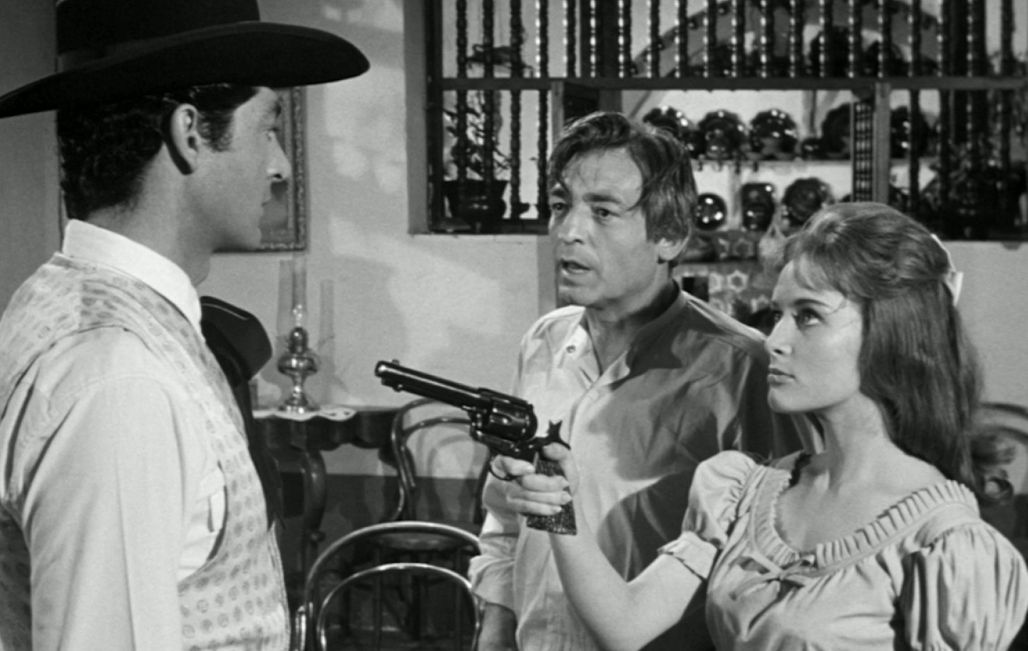
Tiempo de Morir (Time to Die), discovering a Mexican neo-Western

Filmed in the summer of 1965, Mexican director Arturo Ripstein's first film, presented as a Special Screening at Cannes Classics, was released 50 years ago. Michel Rocher selected Tiempo de Morir (Time to Die) with Claudia Bollain and Goytia Alba.
What was your role in the film restoration process?
Claudia Goytia and I became interested in the film a long time ago, and when we heard that the producer had begun a restoration process we started negotiations for the rights, the effect of which was finishing the restoration work a little bit faster.
A little over a year ago, Alameda Films asked Labofilm México to conduct an expert assessment on the original negative, and they quickly decided to save it as a 35mm master positive immersion copy. When reproduced, the negative image was immersed in a liquid (perchloroethylene), enabling most of the physical defects to be removed.
Then, the positive image obtained was scanned in 2K HD format and the laboratory cleaned up the majority of remaining filmstrip defects image by image.
What does this film represent in terms of the Mexican cinematic landscape?
Tiempo de Morir is a forgotten film which is screened very little worldwide.
In Mexico, it's now considered a classic by a respected writer-director, yet also separate from the standard production system in the country. In my opinion, it's highly representative of combat cinema and is aimed at an audience looking for cinematic journeys off the beaten track.
It completely represents this country I deeply love and its multiple human and geographical facets, and uses all those cinematic codes that we have been able to decode over the years, not without a degree of difficulty. This film represents the Mexican spirit well…
Could it be considered a Western?
Without a doubt, it's a nonstandard Western. All the codes of a Western are there, but in Mexico, living as one does in a Western is still relevant, with the omnipresent violence, the landscapes, the natural settings, and the psychology of the characters who let their weaknesses and legitimate fears show through a mask of male chauvinism. It's also an astonishing film d’auteur which marks a transition towards a new era in Mexican cinema.
Tiempo de Morir is inspired by a novel by Gabriel García Márquez. Do you know how involved he was in writing the script?
The original script El Charro (The Cowboy) was initially written by García Márquez for Pedro Armendáriz, a great Mexican actor, but the project never happened. It finally landed in the hands of Alfredo Ripstein, the director's father.
Alfredo wanted his son to make a Western, a genre which had been highly fashionable in Mexico. To mark his own territory with regards to his father, who was a prolific producer at the time, Arturo Ripstein made Tiempo de Morir into an unclassifiable film, which has all the codes of a Western but doesn't respect the conventions. The film is full of sparkling dialogue and photography by Alex Phillips, one of the two great directors of photography from this period, the other being Gabriel Figueroa.


